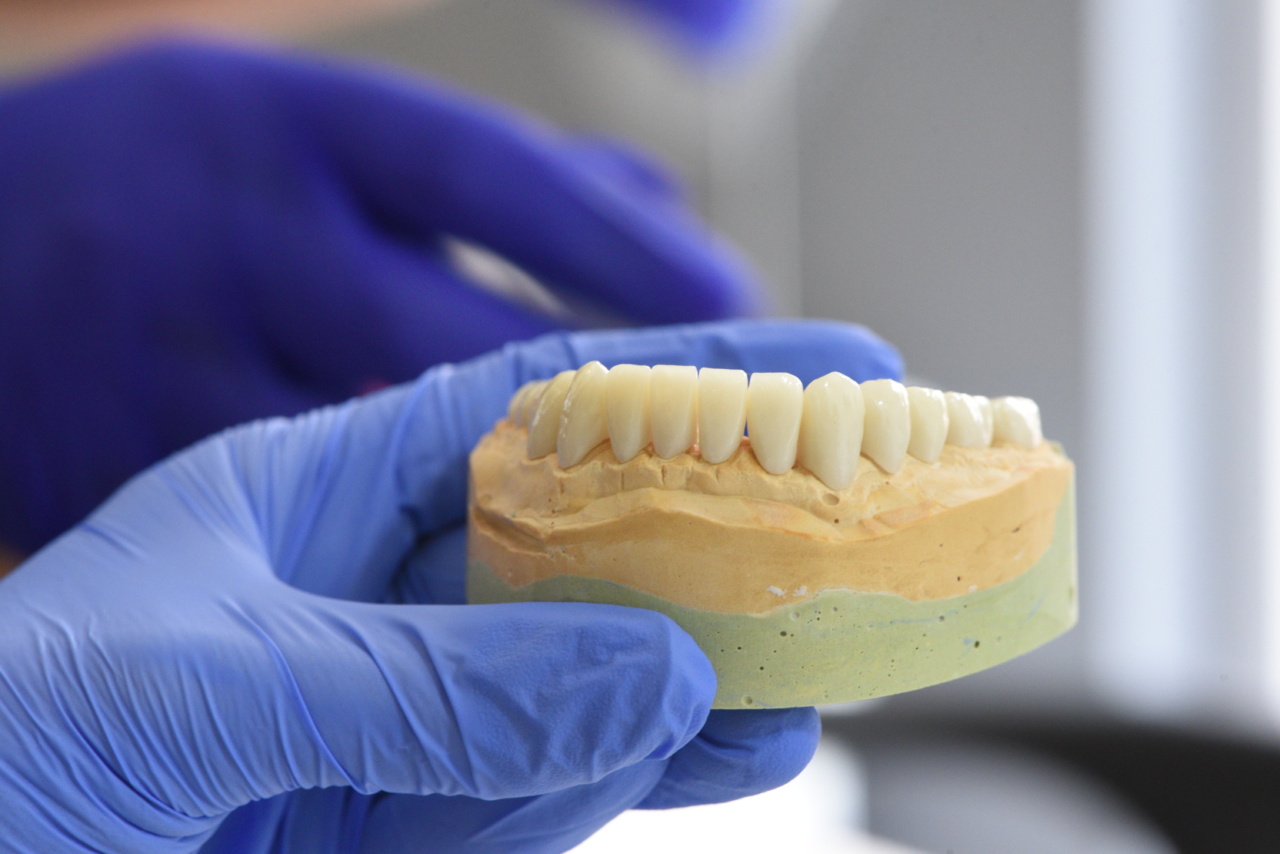Teeth have long been considered an irreplaceable part of our body, but recent research has shown that teeth regeneration is possible.
This is achieved through a complex interplay of various proteins that are involved in the regulation of tooth development. In this article, we delve into the insights on protein regulation for tooth regeneration.
The Importance of Proteins in Tooth Regeneration
Teeth are complex structures that consist of different layers, including the enamel, dentin, and pulp. The loss or damage of any of these layers can lead to tooth decay, gum disease, and other dental problems.
In the past, the only options for repairing damaged teeth were fillings, root canals, or extractions. However, recent studies have shown that teeth can be regenerated, and the key to this is the regulation of certain proteins.
The Role of Sonic Hedgehog
Sonic Hedgehog is a protein that plays a crucial role in tooth development. It is named after the video game character due to the spiky appearance of the protein.
Sonic Hedgehog is produced by cells in the dental epithelium, which is the outer layer of the developing tooth. The protein then diffuses to the mesenchymal cells, which are located below the epithelium. In the mesenchymal cells, Sonic Hedgehog signals for the proliferation and differentiation of odontoblasts, which are the cells responsible for producing dentin.
Without Sonic Hedgehog, tooth development is impaired, and dentin formation is reduced.
The Function of Fibroblast Growth Factor
Fibroblast Growth Factor (FGF) is another protein that is involved in tooth development. FGF is expressed in both the dental epithelium and the mesenchyme. FGF regulates cell proliferation and differentiation during tooth development.
The protein is also involved in the formation of the enamel, which is the hard, outermost layer of the tooth. FGF interacts with other proteins, such as BMPs, to regulate enamel formation. FGF signaling is also required for tooth regeneration in adult mice.
The Role of Bone Morphogenetic Proteins
Bone Morphogenetic Proteins (BMPs) are a family of proteins that are involved in the regulation of bone and cartilage formation. In tooth development, BMPs are expressed in the mesenchyme and signal for the formation of the tooth root.
BMP signaling is also involved in the regulation of enamel formation, as mentioned above. In tooth regeneration, BMPs have been shown to play a crucial role in the differentiation of stem cells into odontoblasts.
The Function of Wnt Proteins
Wnt proteins are involved in a variety of developmental processes, including tooth development. Wnt signaling is required for the proliferation and differentiation of dental epithelial cells.
Wnt signaling is also required for the differentiation of stem cells into odontoblasts. Aberrant Wnt signaling has been associated with dental abnormalities, such as impacted teeth. In tooth regeneration, Wnt signaling has been shown to induce the differentiation of stem cells into dental pulp cells.
The Role of Transforming Growth Factor Beta
Transforming Growth Factor Beta (TGF-β) is a protein that is involved in a variety of cellular processes, including cell proliferation and differentiation. In tooth development, TGF-β is expressed in the dental epithelium and the mesenchyme.
TGF-β signaling is required for the proper differentiation of dental epithelial cells and the maintenance of tooth root formation. In tooth regeneration, TGF-β has been shown to induce the differentiation of stem cells into odontoblasts.
The Function of Epidermal Growth Factor
Epidermal Growth Factor (EGF) is a protein that is involved in the regulation of cell proliferation and differentiation. In tooth development, EGF is expressed in the dental epithelium and the mesenchyme.
EGF signaling is involved in the proliferation, differentiation, and survival of dental epithelial cells. EGF signaling is also required for the formation of the enamel organ, which gives rise to the enamel. In tooth regeneration, EGF has been shown to promote the differentiation of stem cells into dental pulp cells.
The Role of Platelet-Derived Growth Factor
Platelet-Derived Growth Factor (PDGF) is a protein that is involved in the regulation of cell proliferation and differentiation. In tooth development, PDGF is expressed in the dental mesenchyme.
PDGF signaling is required for the proliferation, differentiation, and survival of mesenchymal cells, including odontoblasts. In tooth regeneration, PDGF has been shown to promote the differentiation of stem cells into odontoblasts.
The Function of Insulin-Like Growth Factors
Insulin-Like Growth Factors (IGFs) are a family of proteins that are involved in the regulation of cell proliferation and differentiation. In tooth development, both IGF-1 and IGF-2 are expressed in the dental epithelium and the mesenchyme.
IGF signaling is required for the proliferation, differentiation, and survival of dental epithelial and mesenchymal cells. In tooth regeneration, IGFs have been shown to promote the differentiation of stem cells into dental pulp cells and odontoblasts.
The Role of Transcription Factors
Transcription factors are proteins that regulate gene expression and play a crucial role in tooth development. For example, Pax9 is a transcription factor that is expressed in the dental mesenchyme.
Pax9 regulates the differentiation of mesenchymal cells into odontoblasts. Msx1 is another transcription factor that is involved in tooth development. Msx1 is expressed in both the dental epithelium and the mesenchyme. Msx1 regulates the proliferation and differentiation of dental epithelial and mesenchymal cells.
In tooth regeneration, transcription factors have been shown to induce the differentiation of stem cells into dental pulp cells and odontoblasts.
Conclusion
The regeneration of teeth is an exciting field of research, and the key to achieving this lies in the proper regulation of specific proteins.
Sonic Hedgehog, FGF, BMPs, Wnt proteins, TGF-β, EGF, PDGF, IGFs, and transcription factors all play crucial roles in tooth development and regeneration. Understanding the interplay between these proteins is necessary to develop effective strategies for tooth regeneration in humans.






























